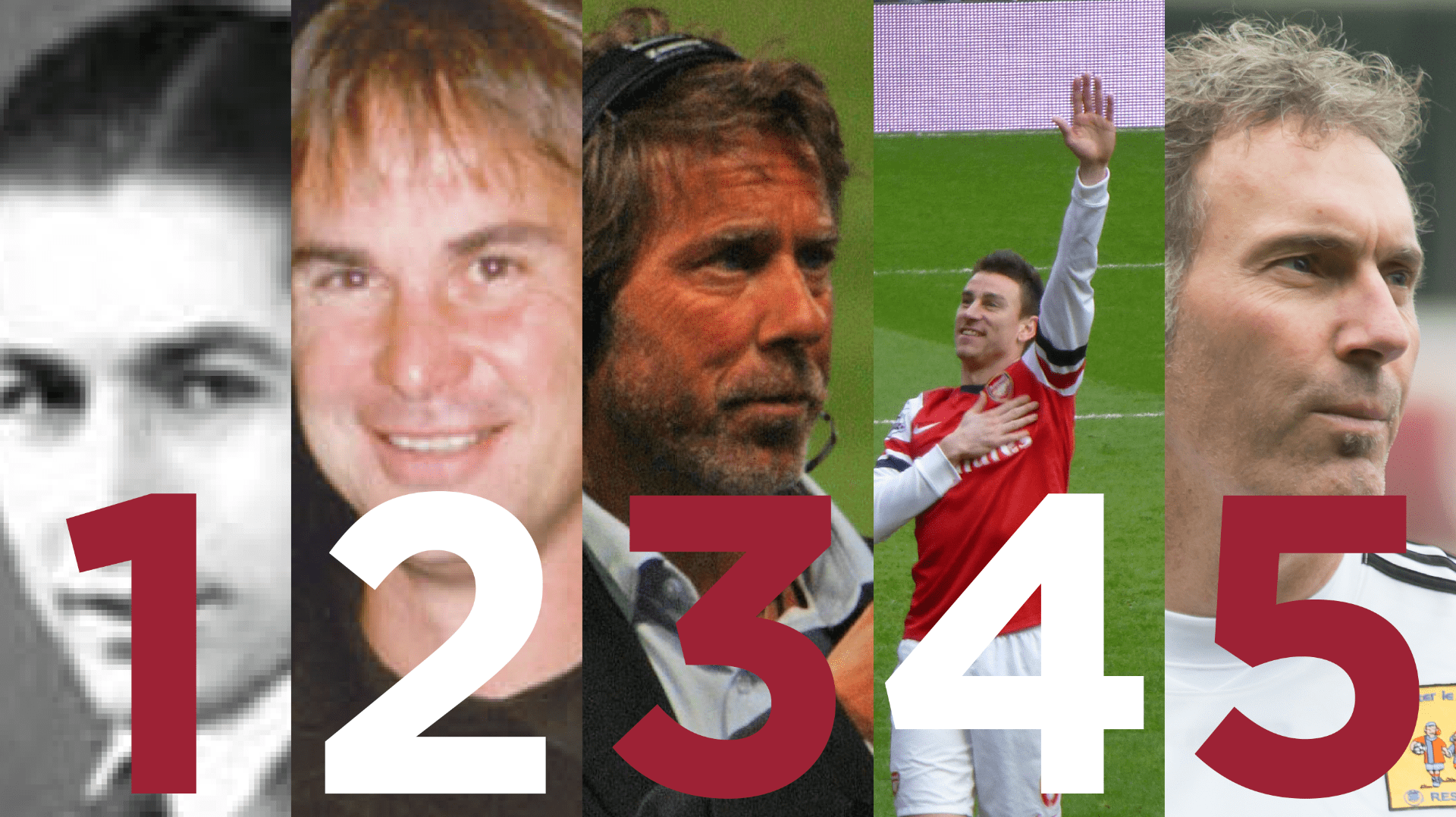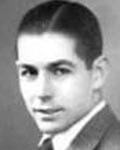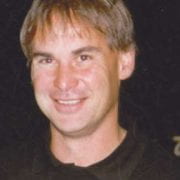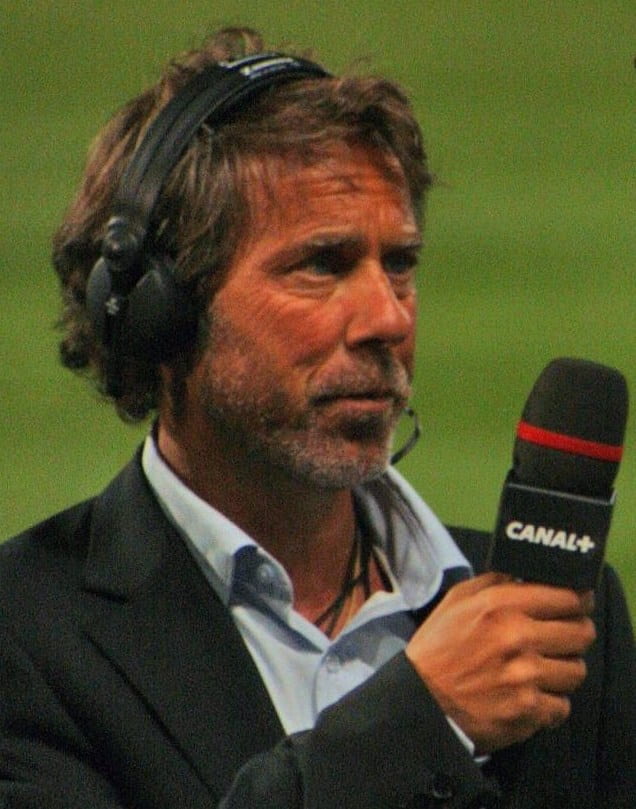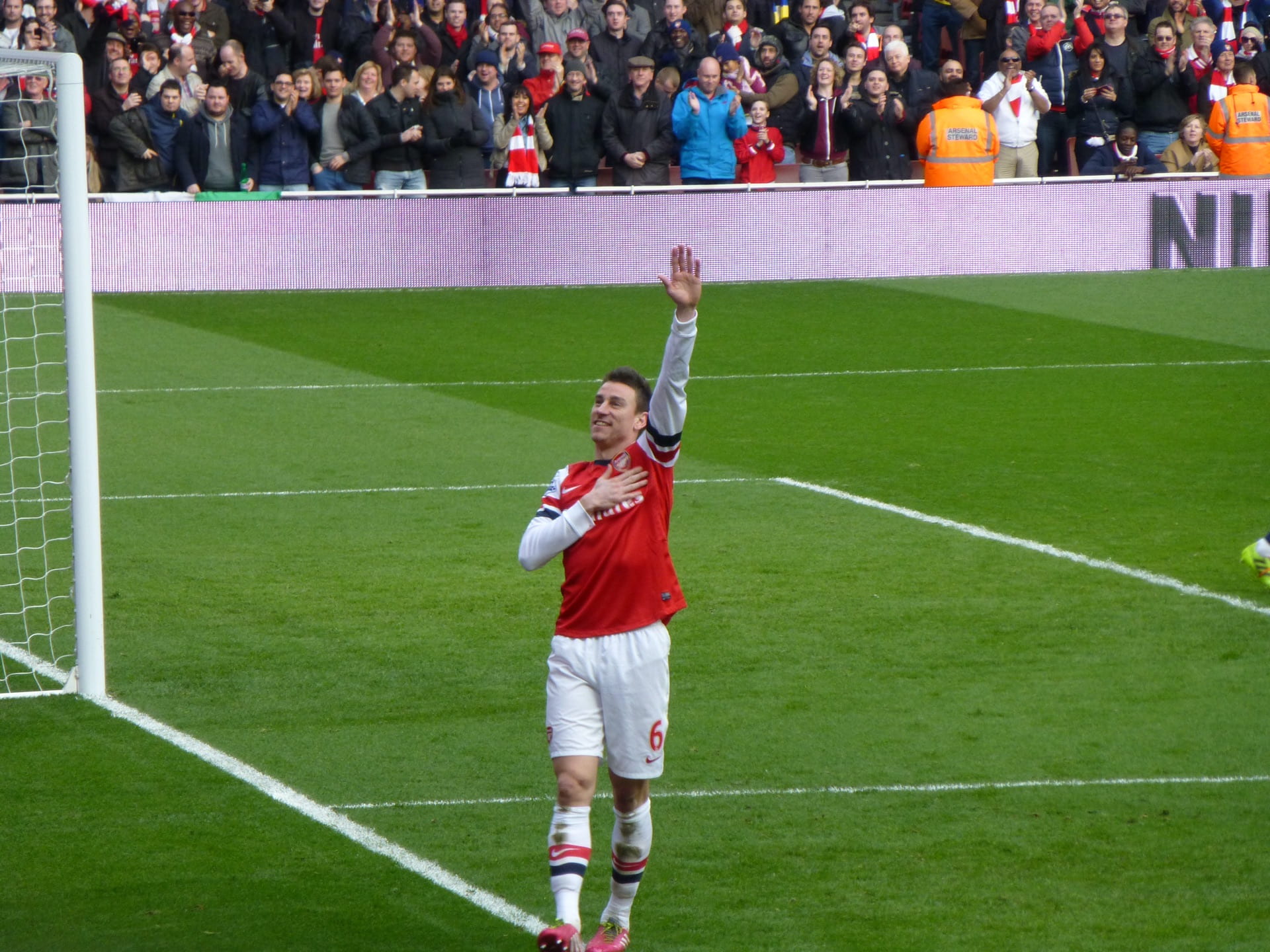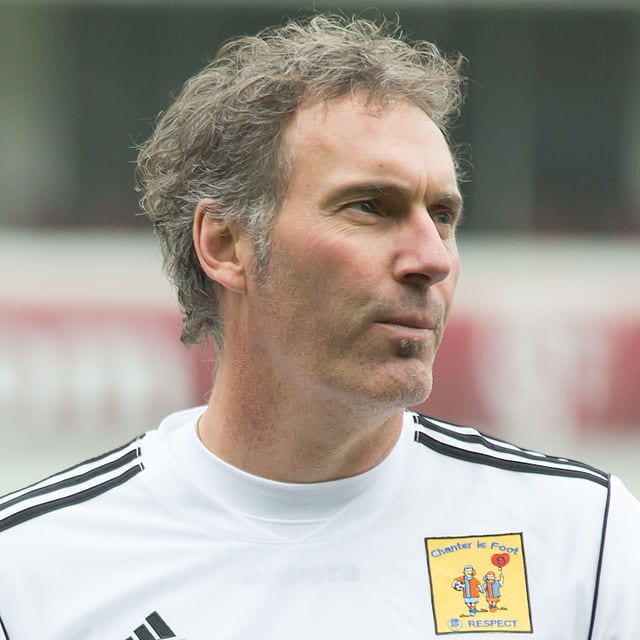by Laurent Bellaiche
The Jackson 5 was a famous pop band formed by five brothers of the Jackson family, namely Jackie, Tito, Jermaine, Marlon and the child prodigy, Michael. Today, we are not going to talk about music and the Jackson 5 but rather discuss soccer/football and what we will call here: the Laurent 5. This discussion is also timely, because the Laurents are celebrated all around the world on August 10.
It is first crucial to shed some light on the first name Laurent. It is French and originates from the Latin word Laurentius, which translates as “the one who wears the laurel,” in reference to the laurel wreath worn by poets and also by victorious generals during the Roman Empire. Some linguistic variants can be found in other languages, such as Lorenzo de’ Medici who was a prominent ruler of the Florentine Republic in the 15th century. This stateman and banker is also known as Lorenzo il Magnifico in Italian, Lorenzo the Magnificent in English or Laurent le Magnifique in French. I cannot explain why, but this latter expression of Laurent le Magnifique pleases me very much. However and in order to be fully honest with, and fair to, our readership, I do have to reluctantly recognize that there was another Laurent (also called Laurentius) who was twice a so-called antipope, first from November 498 to February 499 and then from 501 to circa 506. An antipope is a person who held the title of pope or, equivalently, Bishop of Rome during his existence but who is no longer recognized as a pope by the Catholic Church. One may safely conclude that the first name Laurent is destined for glory, but can also spectacularly and episodically fall from grace. We are going to see that this is indeed the case in the world of soccer too.
For that, we first turn our attention to Laurent Di Lorto. This French goalkeeper of Italian origin was born as a good omen on Jan. 1, 1909 in the city of Martigues, which is often referred to as the Venice of the Provence. He joined the neighboring club of Olympique de Marseille in 1932 and participated in the first edition of the French professional championship. With Marseille, Di Lorto lost 2-1 in the finale of the 1933-1934 French Cup against Sète but won that trophy the next season after thrashing Rennes 3-0 in finale. Two noteworthy events occurred to him in 1936. First of all, in the summer of 1936, he was transferred to Sochaux, which was arguably the best French team of the era. Secondly, Laurent Di Lorto was called for the first time to play for the French National team on Feb. 2, 1936 in Paris against the vice-champion of the world, Czechoslovakia (that won that game 3:0). It is very likely that Di Lorto became the first player of Italian origin to wear the French jersey. Many will follow suit, including the great Michel Platini 40 years later. 1937 was also a rather good year for Di Lorto. His team of Sochaux secured the 1936-1937 French Cup while finishing second in the Championship behind…his former club of Marseille. Moreover, Di Lorto was marvelous and simply invincible with France against the current world champion – the giant of Italy, during a match that ended in a 0-0 draw in Paris in December 1937. His glorious and heroic game earned him a very specific nickname. Guess, which one? I am sure you found it. Laurent Le Magnifique – it is indeed. Di Lorto continued to shine between the goalposts of Sochaux, which resulted in this team triumphing in the 1937-1938 French Championship. Next, he participated in the 1938 FIFA World Cup with France on home soil, along with his teammates of Sochaux, Etienne Mattler and Hector Cazenave – with whom he formed a defensive line coined the Maginot Line for its supposed impossibility of being breached. The World Cup competition was invented by a Frenchman, Jules Rimet, with the first edition having been played in Uruguay in 1930 and where the first goal of the whole tournament was scored by the French forward Lucien…Laurent (note that this Laurent does not belong to the Laurent 5 since Laurent was his last name rather than his first name). France was eliminated in the first round, and Uruguay defeated Argentina 4-2 in the final. The home country also won the second edition in 1934, since Italy not only organized the next World Cup but also lifted the Jules Rimet trophy after having defeated Czechoslovakia 2-1 in extra time. During that Italian tournament, France was eliminated in the round of 16 by another soccer giant of the time, the Austrian Wunderteam of the great Matthias Sindelar. Hopes were running high in 1938 for France to be the third home country in a row to win the World Cup.
The first game against Belgium was a walk in the park with a 3-1 win in the city of Colombes located near Paris. The next match was a quarterfinal also held in Colombes but against the defending world champion, Italy. As early as the ninth minute, the Italian striker Colaussi kicked the ball towards the French goalkeeper, and Laurent Di Lorto rather than deflecting the ball pushed it in his own net and then hit his face against his right post. It is one of the greatest blunders in football history. France lost that game 3-1 and was eliminated from the World Cup. The Maginot Line formed by Di Lorto, Mattler and Cazenave broke under the attacks of the Italian team that wore a black jersey that day, in line with the fascist regime of Mussolini (note that two years later, the Germans’ military went through a part of the real Maginot Line to invade France during World War II). Laurent Di Lorto never played again for the French national team after that 1938 World Cup.
The second Laurent of this story is also born in the South of France, but in Nîmes and on Dec. 21, 1961. His family name is Roussey, and he was considered a child prodigy. The best French club of the 1970’s, Saint-Etienne (who is often nicknamed Les Verts, the Greens, for the color of their jersey), hired him when he was only 13 years old. This remarkable striker played his first game with that green team in the top-flight division when he was only 16, which was the record of precocity at that time. Laurent Roussey even scored his first goal with Saint-Etienne at 16 years, three months and 26 days, which still makes him to this day the second youngest player to have ever buried the ball in the back of the net in the French first division (after Richard Krawczyk from Lens who had a tally at 16 years, three months and 15 days). At 17 years old, Laurent Roussey came as a substitute for the great Michel Platini in the 74th minute of a famous game played between Saint-Etienne and the excellent Dutch team of PSV Eindhoven for the 1979-1980 UEFA European Cup. Fourteen minutes after he stepped onto the field, Roussey scored the goal that secured a 6-0 win for Les Verts and the qualification to the next round. Laurent Roussey then became a regular in the starting 11 of Saint-Etienne at 19 years old and won his first French championship title with Les Verts. He had a tally of 16 goals during that 1980-1981 season. One year later, on Oct. 6 1982, he was called for the first time to represent France against Hungary in Paris. In the 65th minute, Laurent Roussey scored the only goal of that match. One month later, he then played his second game with France for another win – this one by 2-1 in the Netherlands. It was obvious that France had found a striker with enormous potential. Unfortunately, Laurent Roussey then experienced several knee injuries, never played again for France and never consistently recovered his talent.
Similarly, Laurent Paganelli was incredibly gifted and also born in the South of France (in his case, Aubenas on Oct. 20, 1962). The French world of football discovered him in 1977 when he took part in a famous youth tournament held in Montaigu with the U-15 French national team. At 14 years old, he was not running on the field. He was flying over his opponents. He was not playing football. He was football. France thrashed 6-2 against arch-rival Germany in semi-finals and crushed Israel 6-0 in the finale, with three goals from Laurent Paganelli. He was the top goal scorer of the whole tournament. One year later, this forward then left the small team of Avignon to join the giants of Saint-Etienne and was united with Laurent Roussey. Just after his arrival, he played his first game with Les Verts in the 1978-1979 French championship at 15 years, ten months and three days, which is still the record of precocity until now. His amazing technical skills earned him the nickname of Little Mozart. During the 1980-1981 season, he not only won the French championship along with Laurent Roussey but was also an important element of the elimination of the great Hamburg team by Les Verts during the UEFA Cup competition. Saint-Etienne took the world of soccer by surprise by winning the first leg 5-0 in Germany before triumphing again 1-0 in France in the return leg; the only goal of that latter match being scored by the now 18-year-old Laurent Paganelli. There was absolutely no doubt in the minds of anyone who watched Paganelli on the fields during that time – they knew Laurent would play for France very soon, especially in the coming 1982 World Cup, and he would go on to become one of the top football players of the world. However, Laurent Paganelli was in fact a free spirit and just wanted to have fun. As he himself later recognized, he lacked professionalism. He is forever the Peter Pan of French football. He never wore the French jersey, and his career went down in flames after he turned 20.
In contrast, Laurent Koscielny was not so gifted but trained very hard. This defender, born in Tulles on Sept. 10, 1985, was first a member of some small French clubs (Guingamp, Tours and Lorient) before being hired by the renowned English team of Arsenal in Summer 2010. He stayed there for nine years, winning three FA Cups. When he had just turned 26, he started to play for France with a 1-0 win against the U.S. in December 2011. With Les Bleus, he had a rather decent 2014 World Cup, where France was eliminated in the quarterfinals against the future winner, Germany. The next competition between countries was held in France and was the 2016 Euro. Laurent played in every single game: first the matches of the group stage that saw victories against Romania and Albania by 2-1 and 2-0, respectively and a 0-0 tie with Switzerland. Then came the difficult 2-1 elimination of the Republic of Ireland in the round of 16 followed by the easier 5-2 win against Iceland in the quarterfinals and the highly celebrated 2-0 victory of Germany in the semifinals. France was now facing Portugal at the Stade de France on July 10, 2016 in the hope of triumphing for the third time in a Euro competition, after the successes of 1984 and 2000. The game was very tense and went to overtime. In the 109th minute, Laurent Koscielny did not defend well against the Portuguese forward Eder, who was then able to get free and shoot. Goal! 1-0 for Portugal, which celebrated its first big international triumph while the whole country of France was in despair and blamed Koscielny. Kosciely still had a chance to redeem himself two years later at the 2018 World Cup in Russia. However, he got injured just before that tournament, which prevented him from participating. And what happened without him in July 2018? France became the World champion for the second time in history, after 1998. Laurent Koscielny retired from international soccer in 2018, after wearing the French jersey 51 times. His last game with France was four months before the 2018 World Cup.
It is now time to get enthusiastic about the fifth Laurent. His name is Laurent Blanc. He was also born in the South of France, in Ales, on Nov. 19, 1965. He started as a midfielder before his coach at Montpellier, Michel Mézy, convinced him with initial reluctance to be a central defender. His elegance and calm under pressure warranted him the nickname of The President. During his 20-year professional career, he played for many clubs, namely Montpellier, Nîmes, Saint-Etienne, Auxerre and Marseille in France, but also Napoli and Inter Milan in Italy and Barcelona in Spain, before ending with Manchester United in England. With these teams, he won the French Cup twice, and the French championship, the Spanish Cup, the English Premier League and the European Cup Winners’ Cup each once. However, it was with France that he achieved eternal glory. First of all, he was part of the brilliant U-23 French team that became the European champion in 1988 for the first time ever. Secondly and even more importantly, his name is forever among the Adult French team that won back-to-back the 1998 World Cup and the 2000 Euro competition. In particular, his golden goal against Paraguay in the 114th minute of extra time in Lens allowed France to qualify for the quarterfinals of the 1998 World Cup. Laurent Blanc is now a national hero who played 97 times for France before retiring just after the 2000 Euro.
It is legitimate to wonder why Laurent Blanc succeeded in lifting the most coveted trophies with France and gaining the recognition of a whole nation, while Laurent Di Lorto, Laurent Roussey, Laurent Paganelli and Laurent Koscielny failed in that regard. I asked myself the same question and came up with this possible answer: could it be that it is because his first name is Laurent but also that his family name begins with a B?
Laurent Bellaiche is a Distinguished Professor in the Physics Department and Institute for Nanoscience and Engineering, as well as the Twenty-First Century Endowed Professor in Optics, Nanoscience and Science Education (for more details, please see: ccmp.uark.edu). His favorite team is Paris Saint-Germain, especially that of the first trophies (French Cups) in the 1980’s, with the three Dominique’s (Baratelli, Bathenay and Rocheteau) and two jewels (Safet Susic and Mustapha Dahleb). His two favorite male football players of all time are Diego Armando Maradona and Robby Rensenbrink. His current three favorite female players are Grace Geyoro, Melchie Dumornay and, of course, Sophia Smith. His favorite soccer/football quote is one from Bill Shankly, “Some people think football is a matter of life and death – I assure you, it’s much more important than that.”

